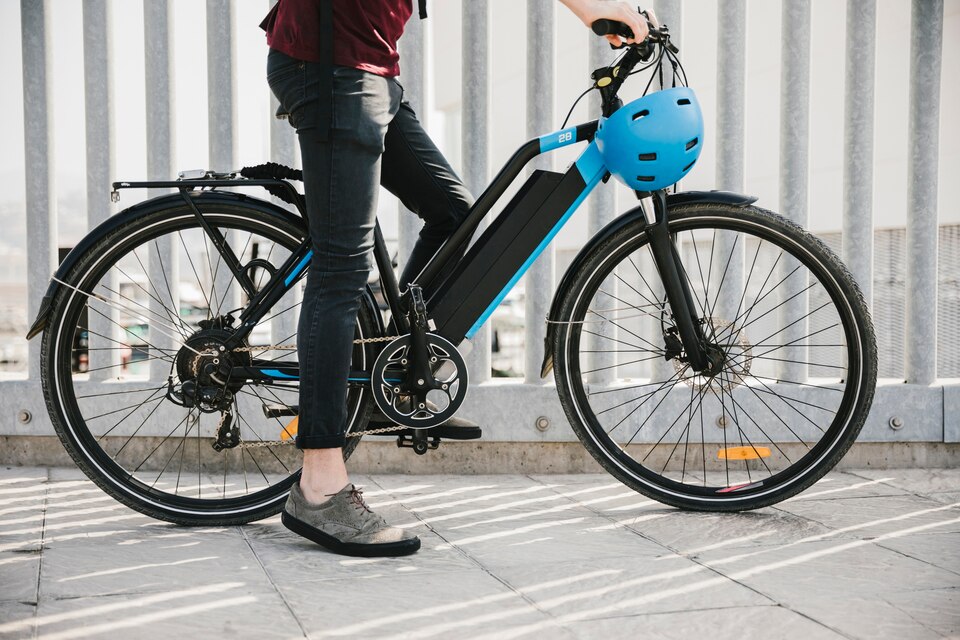Future Trends in EV Two-Wheeler Battery Technology
The Indian public prefers the two-wheelers as their primary option for travel in urban and rural areas. Electric two-wheelers are also grasping the market by gaining the preference of people. The trend for environment-friendly and sustainable products has created a demand for E bike batteries. They have become a more suitable option for people.
The electric two-wheeler will supposedly take a forward leap in the demand-supply chain due to the Indian government’s commitment to reduce the greenhouse effect, deteriorate the carbon level, etc., to ensure a sustainable future. E-bike batteries and lithium batteries for scooty are futuristic solutions for futuristic requirements. Regulated government bodies and organizations suggest that most people will prefer electric two-wheelers by 2030.
Unlike fuel-operated two-wheelers, electric vehicles are most cost-effective as the requirement for costly fuels like petrol, diesel, and CNG is eradicated. By adopting electric two-wheelers, a person can aim two bushes with a stone.
Evolution of Battery Technology
Battery technology has evolved to a greater degree, making things more convenient. The enhancement in battery technology has made the two-wheelers more advanced and prominent. The ability of lithium-ion batteries to deliver higher energy density and longer hours has enabled it to become the standard for electric two-wheelers. The fast charging technology has made electric two-wheelers a more efficient choice. Following are the features that remodeled electric vehicles are supposed to have:-
Regenerative Braking Systems
The regenerative braking system is an inventive improvement in the braking system of electric two-wheelers. This braking system is based on the recollection of kinetic energy and further converting it to electrical or mechanical energy. The produced energy can be stored as mechanical energy in flywheels or as electrical energy in the two-wheeler battery, which is further used to recharge the battery. It increases the two-wheeler’s driving range and reduces the battery’s strain. With the same, maintenance cost decreases and creates more convenience for the user.
Greater Safety Features Due to Automotive Industry Standards (AIS-156)
The Ministry of Road Transport and Highways (MoRTH) implemented the Automotive Industry Standards for Electric Vehicles in 2020. Before it, AIS was only applied to fuel-based automobiles. AIS-156 norms ensured more safe electric two-wheelers on Indian roads. AIS-156 norms propagate that electric two-wheelers must have specified safety features for critical components such as batteries, chargers, motors, control systems, etc. These specific guidelines are speculated to provide more confidence to consumers and users of electric two-wheelers and intend to promote their adoption across the entire nation.
CAN Introduction in Chargers
Controller Area Network or CAN is a significant improvement introduced in the electrical two-wheelers. CAN is an innovative technological protocol that facilitates communication between distinct components of an electric two-wheeler. A CAN-based charger offers better battery performance and longevity. Features like fast charging and consistent monitoring of the charging paradigm enable it the same. CAN-based chargers’ higher efficiency and effectiveness will become the standard in electric two-wheelers. It will shift the paradigm, leading to more electric two-wheeler adoption.
IoT (Internet of Things)
The Internet of Things is an array of interrelated computing devices, machines of mechanical and digital nature, that have unique identifiers or UIDs. They can transfer data over a network without additional intervention from humans.
The electric-two-wheeler industry prefers the adoption of IoT in the two-wheelers they manufacture. The internet connectivity of the two-wheeler enables them to track the vehicle’s performance. It will enable them to make the required improvements to make the vehicles they manufacture more profound. Customers will also receive better post-sale support. IoT will establish a better connectivity paradigm between man and machine and machine to machine.
Improved Designs and Unique Features
To make the two-wheelers more user-centric, electric two-wheeler manufacturers are exploring new designs and features that make the ride better. The adoption of advancements such as smartphone connectivity, GPS navigation, and even artificial intelligence-powered riding modes are being incorporated in the electric two-wheelers. These features make the driving experience more comfortable for users. The smartphone connectivity will allow users to multi-task and take calls without compromising their safety. Incorporating artificial intelligence will allow users to make required customizations to their vehicle by instructing AI to optimize the two-wheeler’s performance. Users can personalize their settings and channel the power output and riding mode of the automobile.
Concluding Remarks
The Indian government is promoting electric two-wheelers to determine a sustainable future. The electrical two-wheeler is the future and will supposedly gain the preference of the masses. New advancements and well-improved technological and digital reforms will exponentiate the adoption rate of electric two-wheelers across the Indian region. Norms like AIS-156 ensure more safe electric two-wheelers on Indian roads. In total, electric two-wheelers will reinvent the quality parameters of riding experience. Likraft is the best platform to buy e-bike batteries and also provides customers with lithium batteries for scooty.


